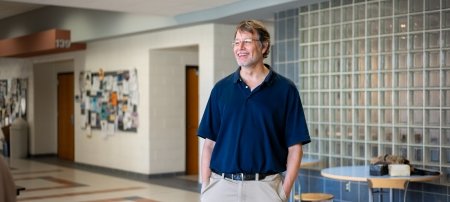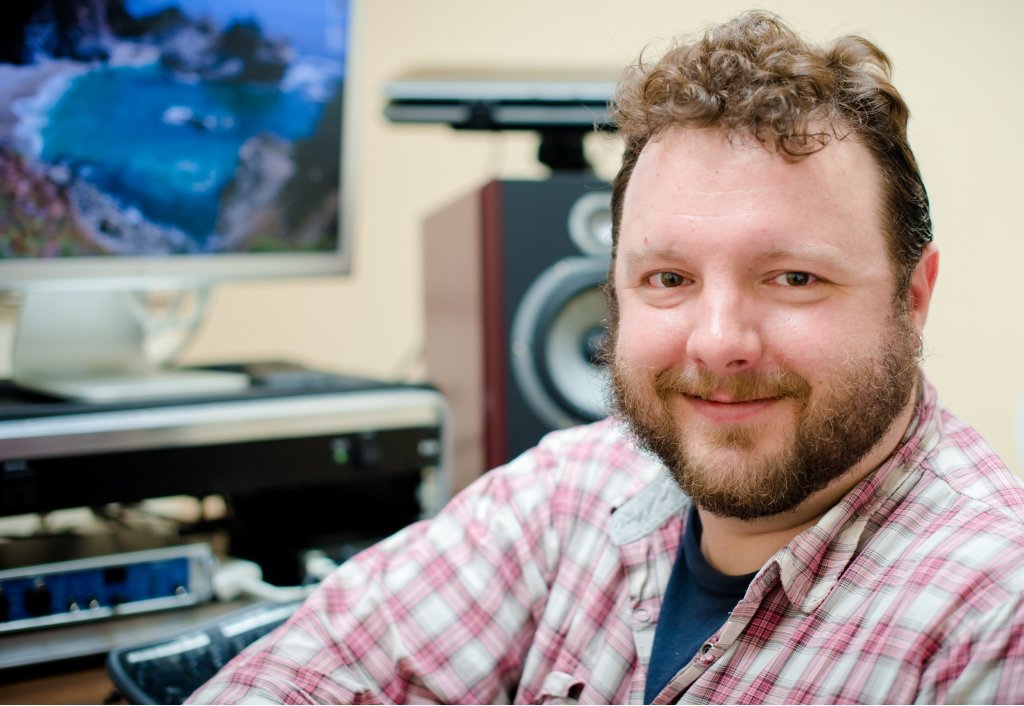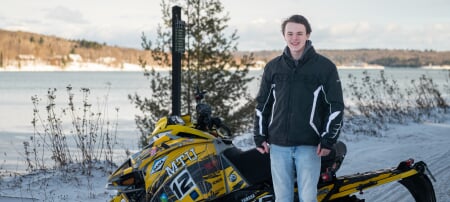Science Helps Students Master Skiing

Skiing and snowboarding involve more than just sliding down a hill. There is a unique science to it all, but how often do you think about it? Last winter, the Keweenaw Bay Ojibwa Community College (KBOCC), its Youth STEM (science, technology, engineering and math) Academy and the staff at Mont Ripley created a program to get kids to do just that.
One of the goals of the academy is to expose students to enrichment programs that approach STEM in unique ways. “We are trying to get the kids excited for STEM careers – whether it is going to college or learning a technical trade,” says Karen Colbert, program coordinator for KBOCC Youth STEM Academy. “We want to teach them skills now so that they can make an impact in their communities in the future. We try to incorporate a community sense and the desire to give back.”
This collaborative program provided 13 middle and high school students with 10 weeks of ski and snowboard lessons. “They get to learn a new sport – a lifetime activity,” says Chris Maxson, ski school director for Mont Ripley. “They also build more confidence, socialization outside of a school setting, and they get to be outdoors and exercise.”
Stephanie Kezele, a 13-year-old student participant, says, “I really had fun skiing, and I had never done it before. I hope now that I have an idea on how to ski that I can keep doing it.”
Another student, Matthew Kezle, 17, observes, “Balancing was a little challenging, but I got the hang of it after practicing.”
The program was funded by a grant from the US Department of Education. To fulfill the grant, students had to participate in a science-related lesson.
Chiumun Michelle Hui, a Michigan Tech postdoctoral research fellow in physics, and Dustin Winslow, a physics laboratory assistant, taught “The Physics of Skiing” to the students. “Michigan Tech did a awesome job with the physics instructors that helped,” says Colbert. “Learning about physics in skiing got the students to think about how science really impacts how they perform.”
One of the students, Annalynn Griffin, 11, says that the physic instructors also taught them about gravity, friction and the different types of skis. “I didn’t know there were so many types!”
Colbert calls the learning of the everyday applications of physics an exciting opportunity for the students. “I was really surprised by the kids’ reactions. No one in the group had ever skied before, so it unified them – they were encouraging and growing together. We will definitely be doing it again.”
In addition to KBOCC continuing these lessons, Mont Ripley has plans as well. “We are going to try to apply it to a larger array of kids,” says Maxson. “We never thought about giving lessons on science before, and it’s a great idea. ”Skiing and snowboarding involve more than just sliding down a hill. There is a unique science to it all, but how often do you think about it? The Keweenaw Bay Ojibwa Community College (KBOCC), its Youth STEM (science, technology, engineering and math) Academy and the staff at Mont Ripley created a program to get kids to do just that.
Michigan Technological University is an R1 public research university founded in 1885 in Houghton, and is home to nearly 7,500 students from more than 60 countries around the world. Consistently ranked among the best universities in the country for return on investment, Michigan's flagship technological university offers more than 185 undergraduate and graduate degree programs in science and technology, engineering, computing, forestry, business, health professions, humanities, mathematics, social sciences, and the arts. The rural campus is situated just miles from Lake Superior in Michigan's Upper Peninsula, offering year-round opportunities for outdoor adventure.




Comments